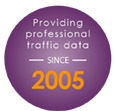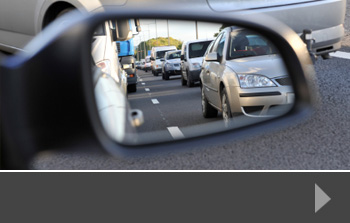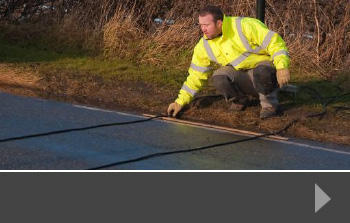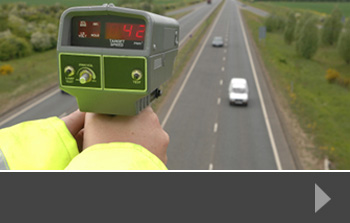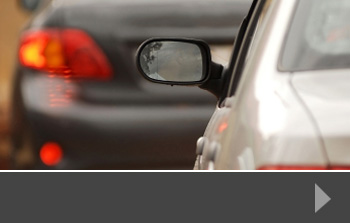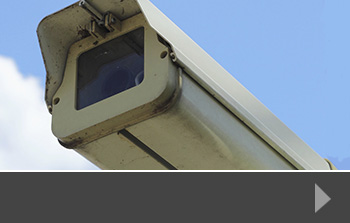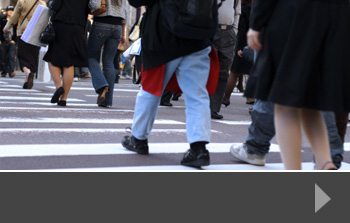Will new housebuilding plans have knock-on effect on traffic congestion?
On July 25th, Levelling Up Secretary, Michael Gove, announced an update to the government’s housing plans. These included relaxing planning rules in England, to encourage developers to build more homes in cities – utilising existing commercial buildings that are no longer used, such as takeaways and retail premises.
The idea of these changes is to create what Mr Gove called, ‘walkable, liveable communities’ – populated urban areas where people have an easier commute to work and where services are all easily accessible. But in reality, will converting city buildings to housing bring more cars into the area and increase congestion?
The demand for housing
The government’s manifesto pledge on housing was to build 300,000 new homes per year. This is a target it has missed, building around 233,000 new homes in 2021/22, but with estimates suggesting England actually needs 344,000 homes each year, of which around 145,000 should be affordable, we re currently in a housing deficit.
The government is focusing on regenerating cities – partly because there are certainly buildings in cities that should be reused for residential purposes wherever possible, but also because the government wants to avoid the unpopularity of building on brownfield and greenfield sites.
But one of the key considerations in any building development is whether it will bring new vehicles to the target area.
Housing and congestion
It’s certainly the case that our cities are suffering from a housing shortage. According to CentreForCities.org, places like London, Brighton, York and Bristol need more housing – and smaller, often expensive cities like Oxford build fewer houses than their population needs.
In most cases, building new houses – and even repurposing commercial buildings for residential use – is going to increase the amount of traffic on the roads. Even if the homeowner doesn’t have a car, they will have visitors and they will order deliveries – around two-thirds of our shopping, including groceries, is now done online.
But people will have cars, and that will put pressure on parking, on traffic numbers and on air pollution.
Traffic surveys from RDS
At RDS, we work with planners and developers to look at the current state of traffic, parking, congestion and journey times in specific areas. This helps our clients to create a benchmark from which they can assess and predict the impact of any future development. This is a complex area – while there might be more cars on the road because of a development, if public transport is improving and plans to encourage more cycling and walking to work are good, then the impact may be negligible. The answer is to start with precise data that allows you to plan ahead – and that’s where we can help.

